Alcohol #
| Common Nomenclature | Ethanol |
| Street & Reference Names | Ethyl Alcohol, Alcohol |
| Reference Dosage | See the table below |
| Anticipated: Onset / Duration | Dose Dependent |
| Maximum Dose Experienced | 20+ Units |
| Form | Fluid |
| RoA | Oral |
| Source / Jurisdiction | Dealer / UK & Overseas |


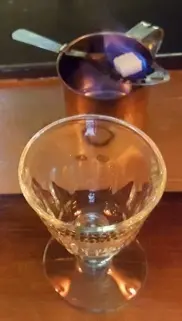
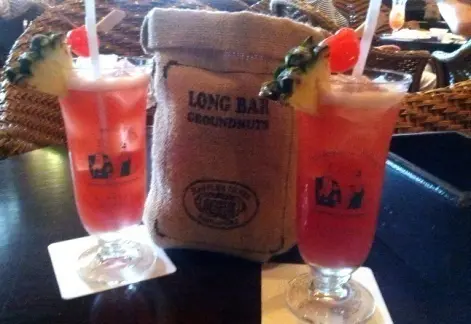
SUBJECTIVE EXPERIENCE #
Where should I start with this monster? Perhaps with Terence McKenna:
“It lowers sensitivity to social cueing, at the same time as it gives an empowered sense of ego. In other words, it makes you into a jerk. It gives you the courage to say and do what, if you are a decent person, you would otherwise never say and never do.”
Unfortunately, as everyone who is reading this is already well aware, this is just the start. Alcohol is a hard drug, whatever criterion is used to define this. Its ratio of effective to fatal dose is low, it is highly addictive, and it causes serious physical and psychological harm when used frequently or long term in high doses.
This is what the NHS website tells us:
| UNITS | SHORT TERM EFFECTS |
|---|---|
| 1-2 | Your heart rate speeds up and your blood vessels expand, giving you the warm, sociable and talkative feeling associated with moderate drinking. |
| 4-6 | You become more reckless and uninhibited. Your reaction time and co-ordination are adversely affected. |
| 8-9 | Your reaction times will be much slower, your speech will begin to slur and your vision will begin to lose focus. Your liver will be unable to remove all of the alcohol overnight, so it’s likely you’ll wake with a hangover. |
| 10-12 | Your co-ordination will be highly impaired, placing you at serious risk of having an accident. The high level of alcohol has a depressant effect on both your mind and body, which makes you drowsy. This amount of alcohol will begin to reach toxic (poisonous) levels. You will feel badly dehydrated in the morning, which may cause a severe headache. You may also experience symptoms of nausea, vomiting, diarrhoea and indigestion. |
| >12 | You’re at considerable risk of developing alcohol poisoning, particularly if you’re drinking many units over a short period of time. Alcohol poisoning can cause a person to fall into a coma and could lead to their death. |
What is a unit of alcohol? Drinkaware defines this as follows:
“One alcohol unit is measured as 10ml or 8g of pure alcohol. This equals one 25ml single measure of whisky (ABV 40%), or a third of a pint of beer (ABV 5-6%) or half a standard (175ml) glass of red wine (ABV 12%)”
Alcohol and tobacco are by far the most deadly drugs in the UK, with a citizen’s life lost to alcohol approximately every hour. For example, in 2014, 8,697 alcohol related deaths were registered. This is similarly reflected across the world.
DOSE & EFFECTS #
What is my personal experience? It is probably much the same as the majority. I used to drink too much, too often. I regularly engaged in binge drinking. I suspect, to some degree, I fell into the regular trap: familiarity breeds complacency.
It usually begins innocently enough. Assuming a normal rate of consumption, there is a gentle alleviation of stress and tension, increased self-confidence and a mild uplift of disposition. This is sufficiently pleasant to tempt redosing, prolongation, and pursuit of intensification. The session, all too often, is on.
Continued redosing leads to an increasing sense of euphoria and well-being, with certitude and self-esteem growing rapidly. Worries seem to evaporate and inhibitions are released. This high can be extremely pleasurable, but it cannot be sustained.
If sense prevails and redosing stops at an early stage, a period of sedation kicks in. A background drowsiness emerges, perhaps a hint of tiredness, and a relative loss of focus. A night’s sleep is a natural adjunct, albeit with reduced restorative quality. The aftermath will range from barely noticeable to tolerable.
If redosing doesn’t stop, the experience careers into an array of difficulties. That confidence boost, along with ego, is increasingly inflated. Simultaneously, cognitive performance and sharpness diminishes, sensory inputs are dulled, and behavioural changes become ever more obvious to third parties. Increased disorientation and confusion begin to manifest within a general haze.
Here, we are at the point at which I am likely to embarrass myself, and create regret after the event. Some people are liable to become loud, aggressive or even violent.
Continued redosing exacerbates these tendencies, and the effects materialize into ever more visible and obvious representations, including difficulty in keeping balance and slurring of words. Mentally and consciously, at this point you are lost, largely along with your rationality. The experience is no longer a pleasant one.
At these and higher levels of intoxication some people vomit during the session itself, some fall unconscious or into a stupor, others manage to stagger to bed. The possibility of personal harm, and potentially death, is significantly increased.
The subsequent comedown and hangover is severe, and following a very high dose, is absolutely brutal. I am sure that many readers of this book will recall the indignity of waking in a dysfunctional nightmare, retching and vomiting into a toilet, and generally feeling like death. The headache can be horrific and sustained, and a drained feeling of illness and lethargy can last the entire day, and to a lesser degree, beyond. A background listlessness and relative depression can in fact linger for some days.
I have suffered this drama too many times. Far too many. In our society it is just so easy to fall into the binge-drinking pattern referred to earlier, or alternatively, integrate this drug into a daily lifestyle. Both these paths are fraught with danger, and represent a disaster waiting to happen.
If you are looking forward to your next binge, or need a drink every day to unwind, you might not want to hear this, but you have a problem. It is better to confront this now than to let it roll. For further information on the excessive use of alcohol, and on alcoholism, see Section 4.3.3.
One of the outcomes of researching for and writing this book has been that I learned to treat alcohol as every other drug, meaning that I began to assess the relative value and pleasure of its experience, and understand its risk profile. Accordingly, I now rarely use it.
Finally, at higher doses alcohol bears certain similarities to heroin, both in experience and aftermath, with a similar profile of addiction and overdose. Despite this it is available and advertised at every social turn.
On this theme, I will end as I started, with McKenna:
“How can we explain the legal toleration for alcohol, the most destructive of all intoxicants, and the almost frenzied efforts to repress nearly all other drugs?"
I should point out that whilst I may appear to be anti-alcohol, I am not: I am anti-ignorance. Ignorance of the real nature of alcohol destroys countless lives, and kills so many people each year. Don’t be one of them.
WHAT’S YOUR POISON? #
Beer, wine, spirits, and even food: alcohol is offered in forms to tempt every palate.
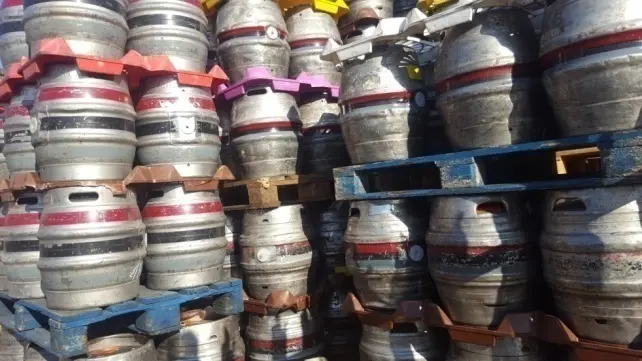
The Titanic Brewery, Stoke-on-Trent
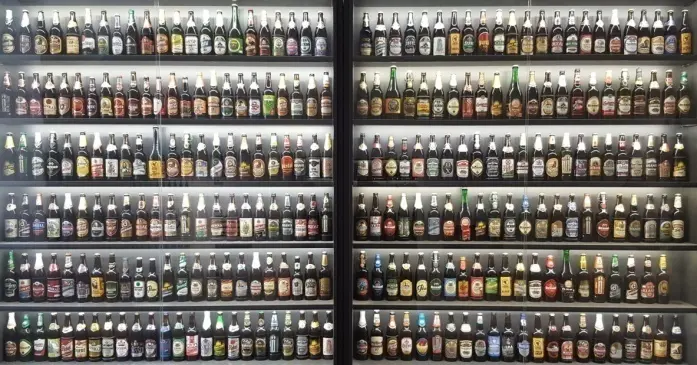
UK Czech Beer Museum, Prague

Sake, Tokyo, Japan
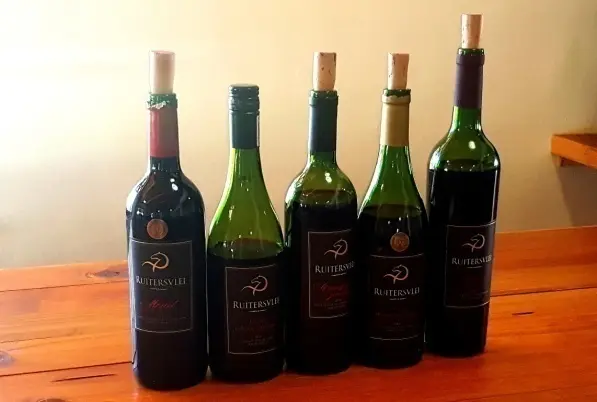
Paarl Wine Estates, WC, South Africa
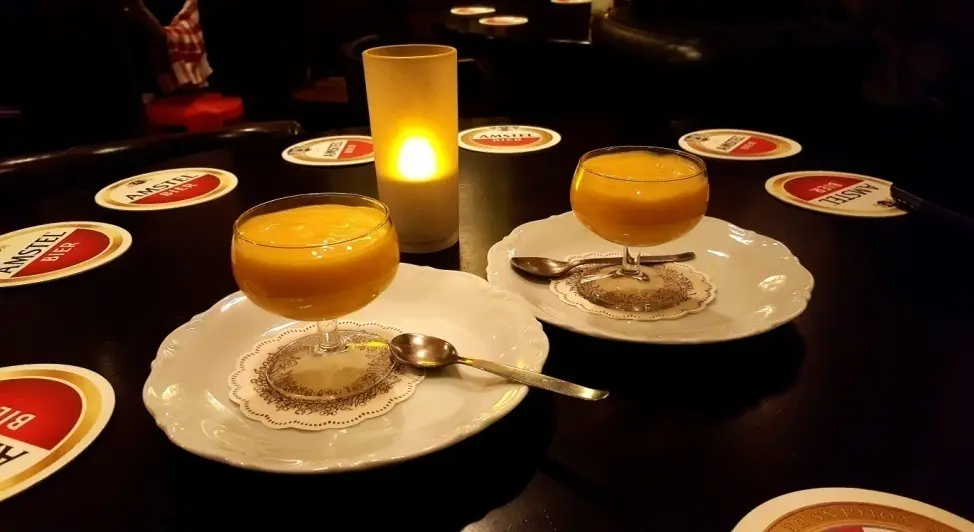
Advocaat and a gin board, as served at In de Olofspoort, Amsterdam

The introductory images at the start of this segment comprise the following: sangria (Hard Rock Hotel, Bali), lapu lapu (Disney World, Florida), absinthe (Absintherie, Prague) and Singapore sling (Raffles, Singapore).
Enjoy your preferred presentation of ethanol, but never fool yourself into believing that you are not using a hard addictive drug.
Beers I have drugged myself with in some of the territories I visited during the writing of this book:

Vietnam

Poland
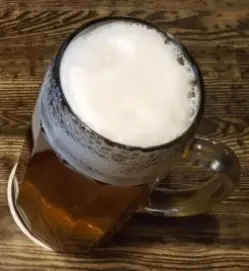
Estonia

Jamaica
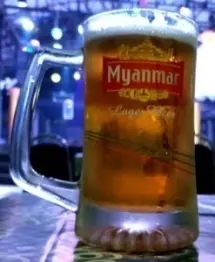
Myanmar
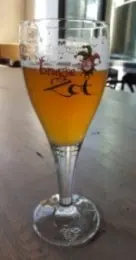
Belgium

Nepal

Peru

Germany
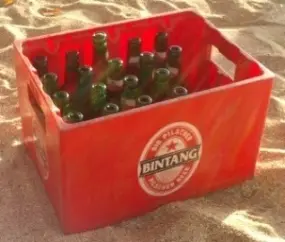
Indonesia

South Africa
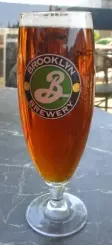
Sweden
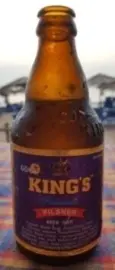
India

Laos

Japan
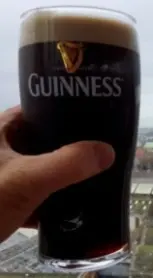
Ireland

Australia
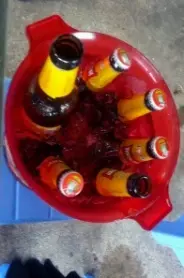
Cambodia

Hong Kong
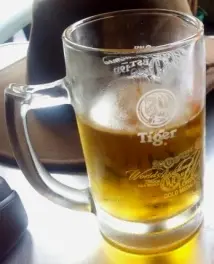
Singapore
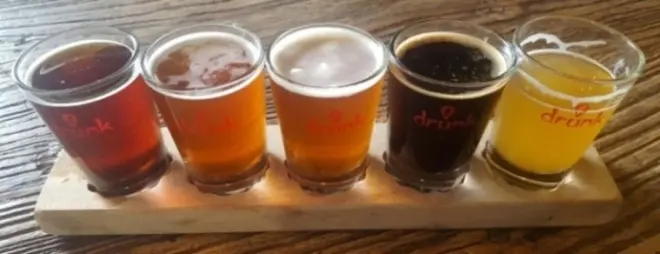
China
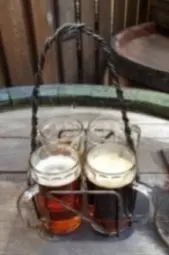
Czech Republic
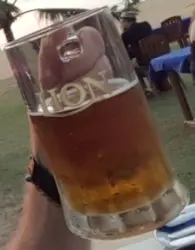
Sri Lanka

UAE

Denmark
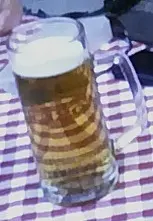
Italy

Thailand

Spain
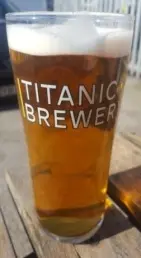
UK
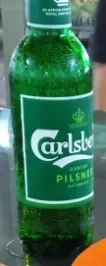
Malaysia
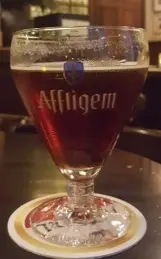
Netherlands
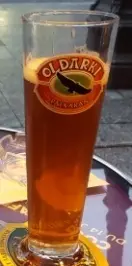
France
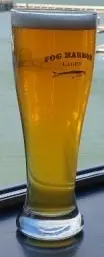
USA
I should point out that not all of these sessions had a positive outcome.